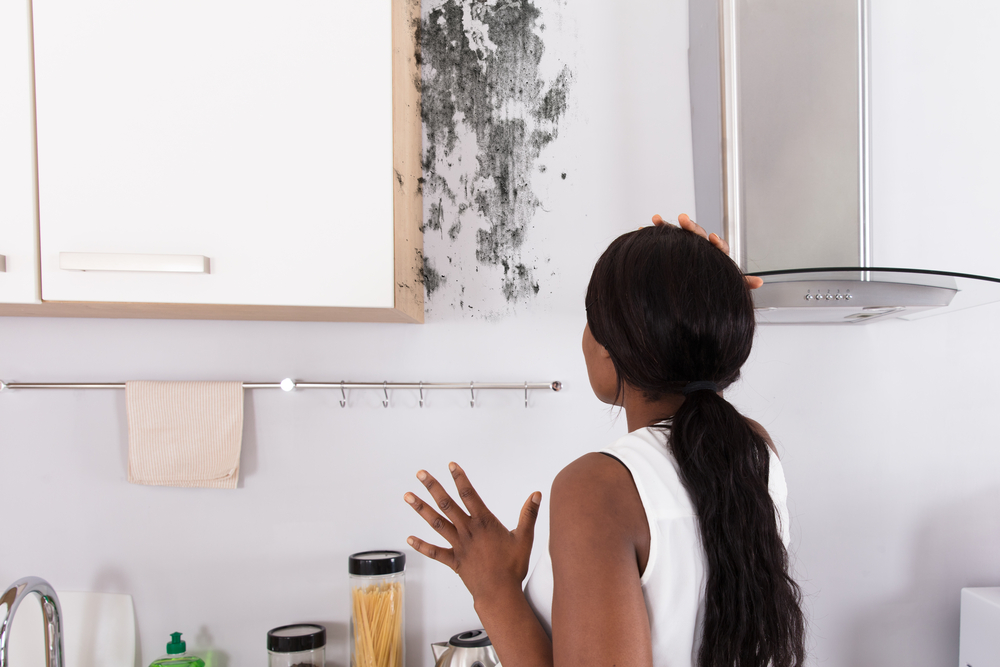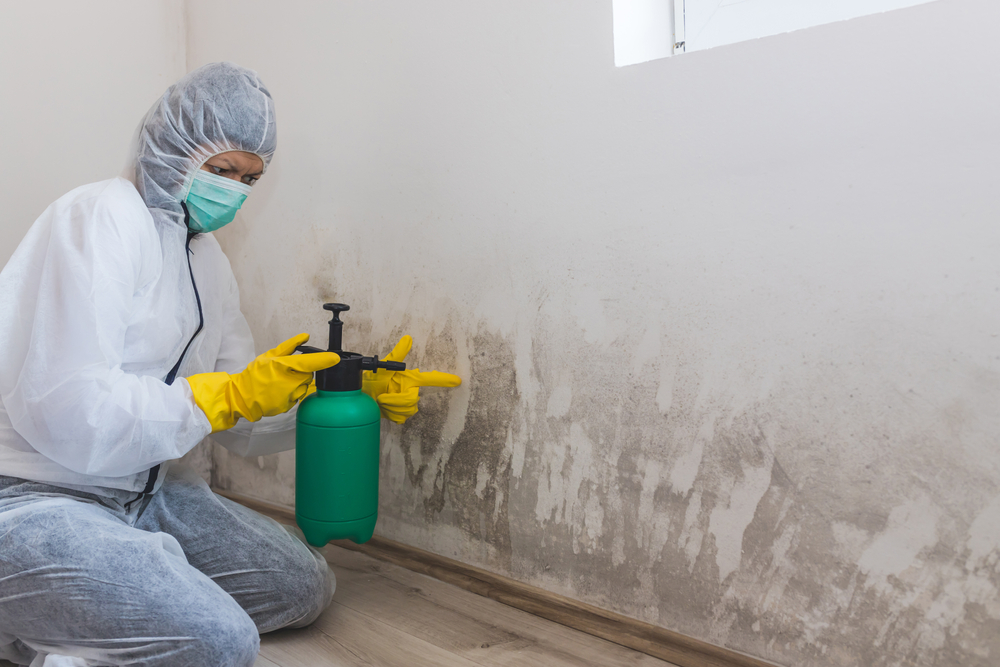How to Deal with Mould and Prevent it From Coming Back
by Carolyn Lee Aug 1, 2022

If your home is damp, you’ve probably noticed mould or mildew on the walls or furniture. Mould is a fungus that grows in warm and moist conditions. The fungus feeds on dust, wood, and carpet and can harm our health. We’ve got a few tips that will help get rid of and prevent mould from growing in your home.
What causes mould and mildew?
Condensation, rising damp, and humidity can cause mildew and mould. However, condensation is one of the leading causes of mould. Condensation can happen when the air is still (behind furniture, wardrobes, or corners of rooms) or if moist air meets a cold surface (window, wall, etc.). Since the air cannot hold the moisture, tiny drops of water appear. Some people will notice mould or mildew after a prolonged period of heavy rainfall caused by increased humidity levels in the home.
Are mould and mildew the same?
Although mould and mildew look and smell alike, they are two different types of fungi. Mildew has a musty smell and may appear as grey and white or yellowish-brown patches with a powdery appearance. Mildew typically appears in bathrooms, basements, walls, clothes, and other damp areas.
Mould also appears in patches but tends to be greenish or dark black with a fuzz-like texture. This fungus can grow in paints, wallpaper, insulation, upholstery, drywall, dust, carpet, and fabric. Mould can become toxic to our health through prolonged exposure in the home. While mildew may cause minor respiratory problems (coughing fits), black mould is poisonous and can cause severe respiratory complications, resulting in long-term health issues or death in some instances.
Who’s more sensitive to mould?
Mould exposure can harm anyone; however, some people are more vulnerable than others. The elderly, babies, children, and people with respiratory problems (asthma, allergies, etc.), skin problems (eczema), or a compromised immune system (chemotherapy) are at high risk.
How can you identify mould or mildew exposure?
Although it is easy to identify mildew and mould by appearance and pungent odour, some people are unaware of the problem until they start having symptoms. Some symptoms of mould or mildew exposure include red or itchy eyes or skin, a stuffy nose, coughing fits, and wheezing. Some persons with respiratory illnesses like asthma may have more severe reactions like shortness of breath or fever.

What can you do to get rid of mould and mildew?
Once you spot mould or mildew in your home, start looking at the causes and possible solutions. Since mould thrives in dampness, it helps to remedy the moisture problem. Use household products like a bleach solution (no more than one cup of household laundry bleach in one of gallon water) or soap and water to remove mould from hard surfaces. Do not mix bleach with ammonia or other cleaning products, as this can produce poisonous gas. Also, ensure that you use gloves, goggles, and a dust mask when cleaning.
How can you prevent mould and mildew?
Keep your home ventilated and clean. It can be challenging to prevent mould from returning if you can’t identify what’s causing dampness in your home. Open your curtains to allow fresh air and natural light to enter the space. Also, use a dehumidifier to help remove moisture in areas where condensation occurs. Cleaning often and regularly replacing your shower curtain can eliminate dormant spores and reduce the chances of the mould returning.
Dispose of household materials like wood, drywall, or carpets contaminated with mould. Remember to wear safety clothing before handling items that have mould on them.
Finally, eating food infected with mould can cause some people to develop fever, shortness of breath, nausea, or diarrhoea. If you accidentally eat food with mould and develop symptoms, seek medical help immediately.
If you have mould exposure symptoms but cannot identify where it is in your home, use Find Yello to locate a professional sanitation company. A sanitation company can test for mould and provide remediation and sanitation services to eliminate the problem.
We hope these tips make it easier for you to identify, prevent, or get rid of mould or mildew wherever you see it. Good luck!
Sources: CDC, AXA, Moving, Centre for Sustainable Energy, NHS and Better Homes and Gardens.








